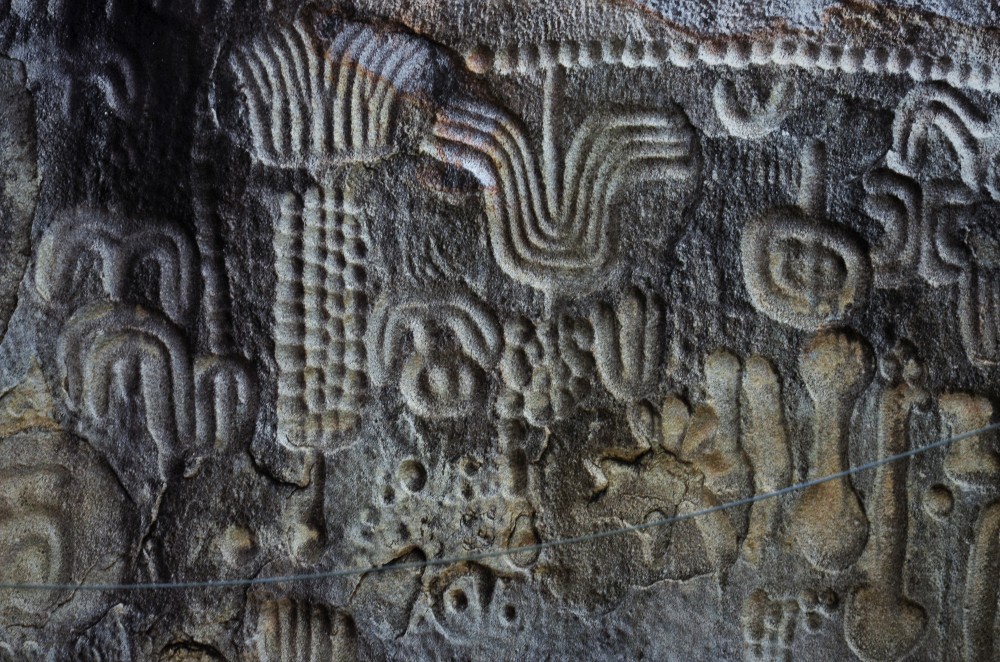
The Mystery of Brazil’s Ancient Ingá Stone Might Have Just Been Solved
Image credit: Rogerio121402
Let’s stay with the more scientifically sound theories though. One prominent hypothesis that has been put forth assigns remarkable significance to the petroglyphs of the Ingá Stone from an archeoastronomical perspective. In 1976, Francisco Pavía Alemany, a Spanish engineer, initiated a mathematical study of this archaeological monument and identified a series of “bowls” and another petroglyph engraved on the vertical surface, which formed a “solar calendar.” According to Alemany, a gnomon cast the shadow of the first rays of sunlight each day onto this calendar.
Let’s stay with the more scientifically sound theories though. One prominent hypothesis that has been put forth assigns remarkable significance to the petroglyphs of the Ingá Stone from an archeoastronomical perspective. In 1976, Francisco Pavía Alemany, a Spanish engineer, initiated a mathematical study of this archaeological monument and identified a series of “bowls” and another petroglyph engraved on the vertical surface, which formed a “solar calendar.” According to Alemany, a gnomon cast the shadow of the first rays of sunlight each day onto this calendar.
Advertisements
21 August 2023
Advertisements



